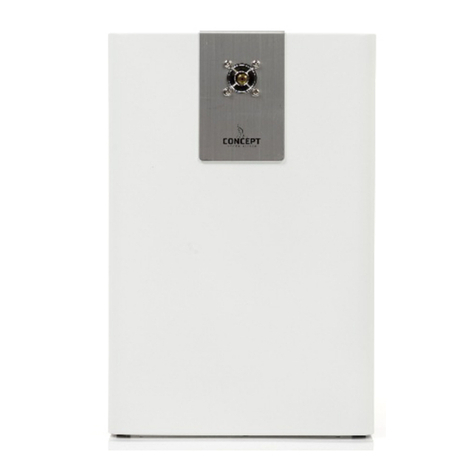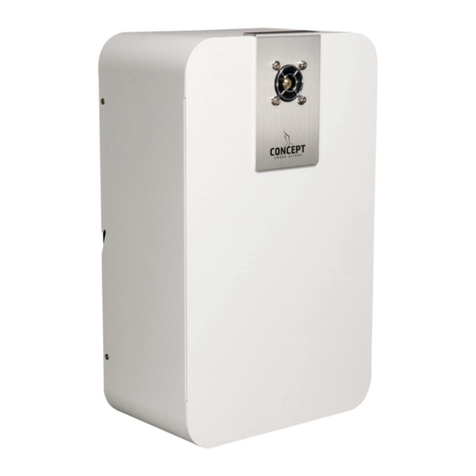A Smoke Screen system can be installed in many ways; the following are outlines of typical installations
(an Alarm Panel Control system is generally used for illustration in this manual):
Alarm Panel Control
●The Smoke Screen is wall or ceiling mounted in the appropriate location.
●A Hold-off PIR (or similar device) located within the same area as the Smoke Screen providing a
confirmation signal to the Smoke Screen to start, or restart, ‘smoke’ production.
●A Set command supplied by an alarm control panel, or equivalent, in the form of an N/C (normally
closed) or an N/O (normally open) relay changing state when the alarm system is set for operation.
●A Trigger command supplied by the alarm control panel, or equivalent, in the form of an N/C
(normally closed) or an N/O (normally open) relay changing state when the alarm system confirms
an intruder alert.
Local Network Monitoring
●The Smoke Screen is wall or ceiling mounted in the appropriate location.
●Typically, the Smoke Screen would be integrated with an alarm panel or similar controlling system
as above.
●The Smoke Screen is assigned a fixed or reserved IP address and attached to the local network.
●The addition of the TitanConfig program running on the same network will allow diagnostic and
configuration control from a Windows-based platform.
Remote Network Monitoring and Control
●The Smoke Screen is wall or ceiling mounted in the appropriate location.
●The Smoke Screen may be integrated with an alarm panel and/or commanded from a central
location over IP.
●The Smoke Screen is assigned an IP address on the local network and communicates with a
centralised remote server using ports 161 & 162.
●The Smoke Screen may be controlled using any third party platform integrated with TitanServer or
through the Titanium247 cloud-based monitoring and control platform. Finally, engineering control
and diagnostics are offered through TitanConfig.






























